Mysteries of Luxor Ancient Wonders Unveiled
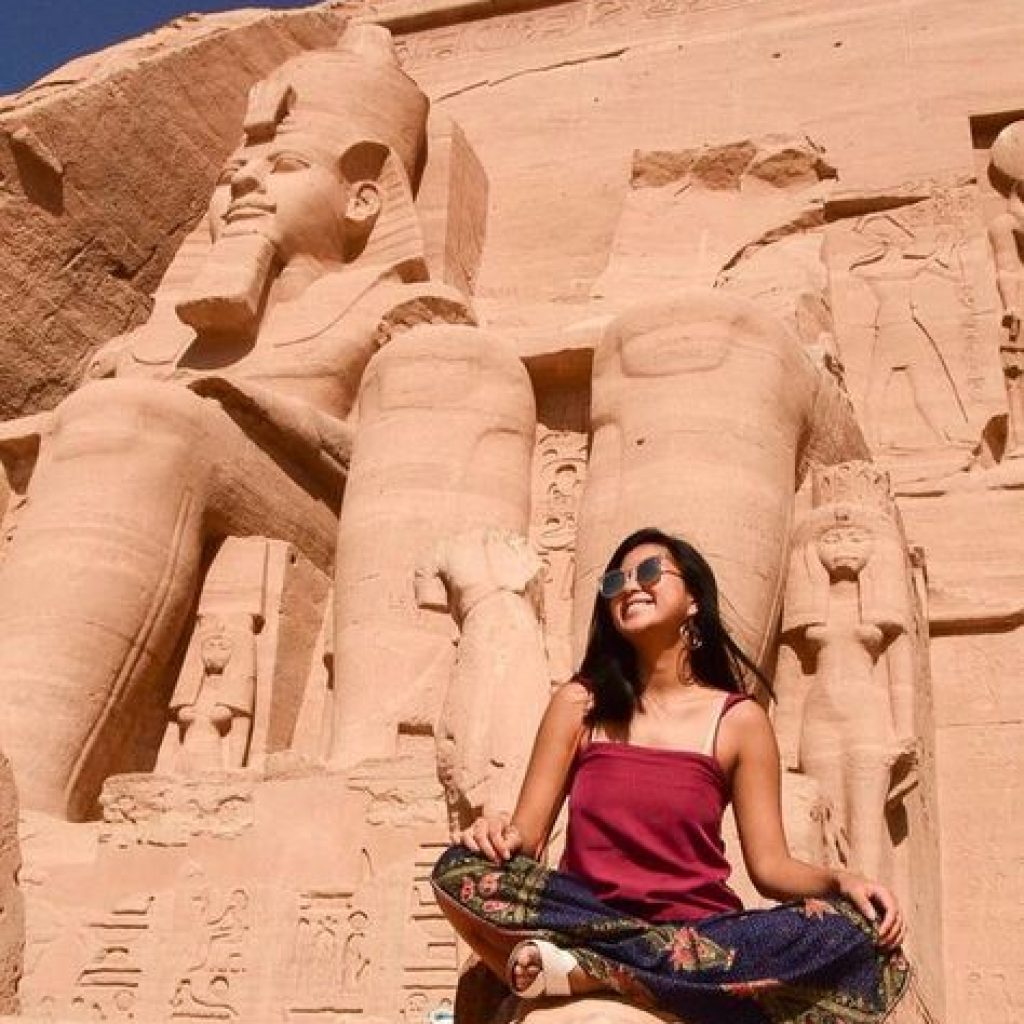
Table of Contents: Luxor
- Introduction
- The Splendor of Karnak Temple
- Luxor Temple: A Testament to Divinity
- The Valley of the Kings: Tombs of Pharaohs
- The Majestic Hatshepsut Temple
- Colossi of Memnon: Guardians of Thebes
- The Artistic Treasures of Museum
- West Bank: A Journey Through Time
- The Sacred Lake and Its Rituals
- Modern Luxor: Balancing Past and Present
- Conclusion
- FAQs
Introduction:Luxor
Luxor, often referred to as the world’s greatest open-air museum, is a treasure trove of ancient history and culture. Located on the east bank of the Nile River, Luxor is home to some of the most extraordinary and well-preserved monuments from ancient Egypt. This article delves into the many wonders of Luxor, from its grand temples and tombs to its fascinating modern-day attractions, offering a comprehensive guide to one of the most significant archaeological sites in the world.
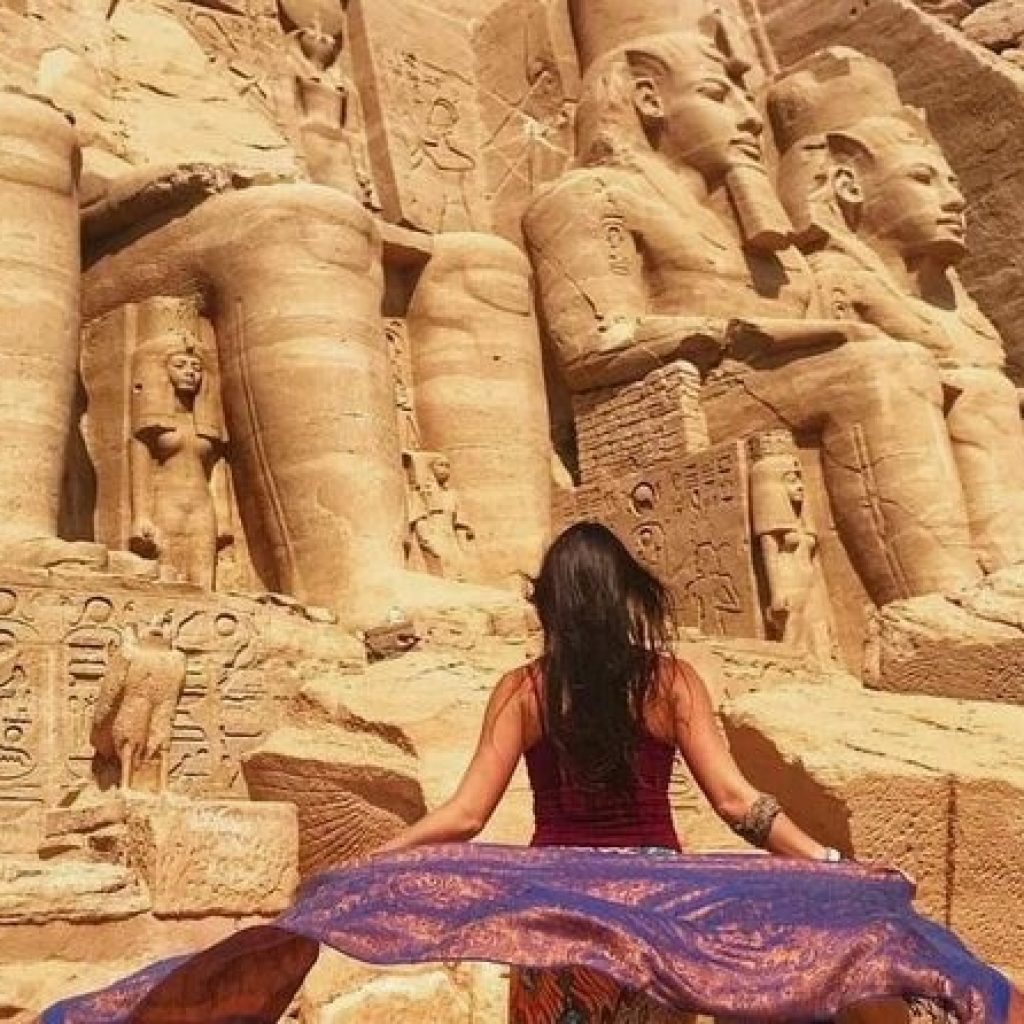
1. The Splendor of Karnak Temple
Karnak Temple is arguably the most impressive temple complex in Luxor, if not in all of Egypt. Spanning over 200 acres, it is a massive open-air museum that showcases the grandeur of ancient Egyptian architecture and religious practices. Dedicated primarily to the Theban triad of Amun, Mut, and Khonsu, Karnak’s intricate carvings, towering columns, and sprawling courtyards reflect the wealth and power of the pharaohs who contributed to its construction over nearly 2,000 years.
2. Luxor Temple: A Testament to Divinity
Luxor Temple, located in the heart of the modern city, was a centre of the Opet Festival, which celebrated the annual reunion of Amun with his consort Mut. The temple’s impressive avenue of sphinxes, grand pylons, and the beautiful inner sanctum dedicated to the rejuvenation of kings make it a remarkable site. Built primarily by Amenhotep III and later expanded by Ramses II, Temple stands as a testament to the divinity of the pharaohs and the gods they worshipped.
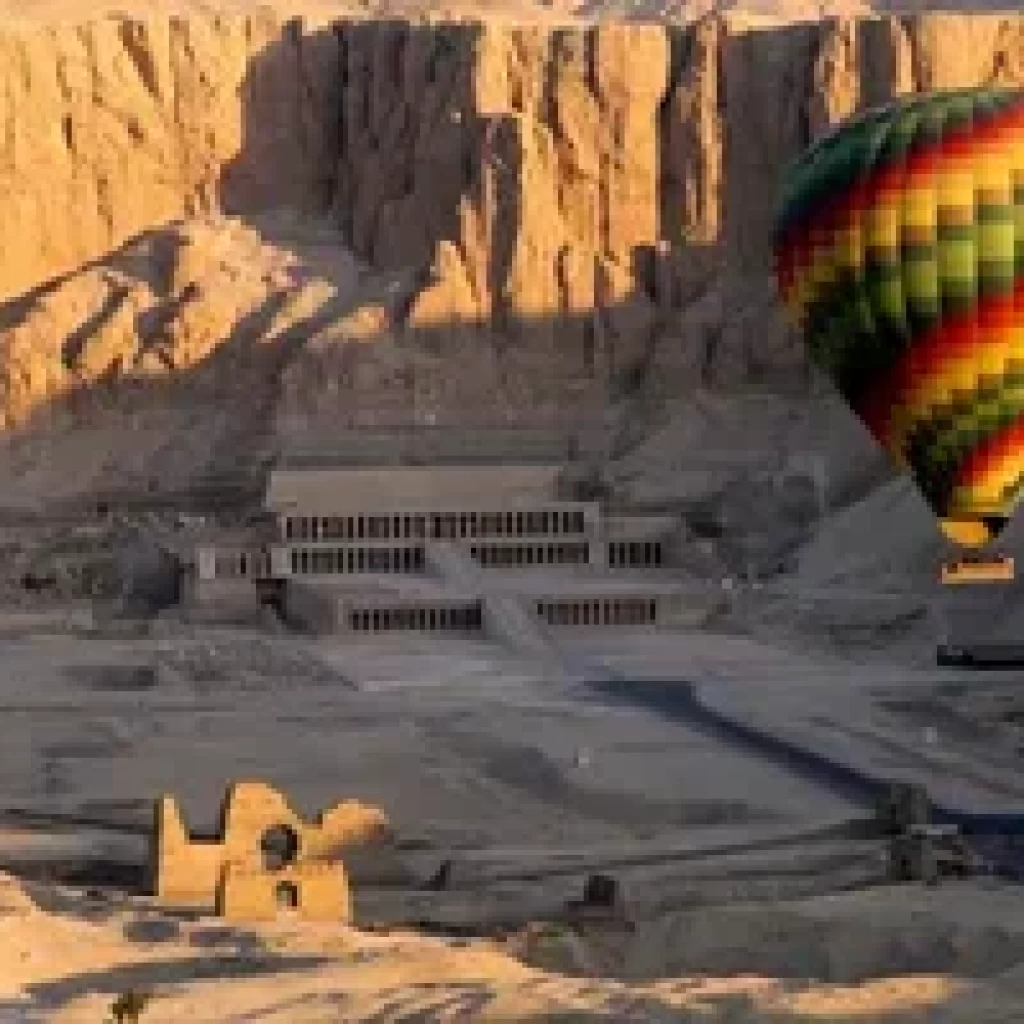
3. The Valley of the Kings: Tombs of Pharaohs
The Valley of the Kings, situated on west bank, is the final resting place of many of Egypt’s New Kingdom pharaohs, including the famous Tutankhamun. This arid desert valley is home to over 60 tombs, each carved into the rock and adorned with elaborate hieroglyphics and paintings depicting the journey to the afterlife. The tombs’ intricate designs and the treasures they once held offer invaluable insights into ancient Egyptian beliefs and burial practices.
4. The Majestic Hatshepsut Temple
The Mortuary Temple of Hatshepsut, located beneath the cliffs at Deir el-Bahari, is a stunning example of ancient Egyptian architecture. This terraced temple was built for the female pharaoh Hatshepsut, who ruled Egypt with remarkable success. The temple’s design, with its collonaded terraces and detailed reliefs, celebrates Hatshepsut’s achievements and her divine birth. It remains one of the most visited and admired structures.
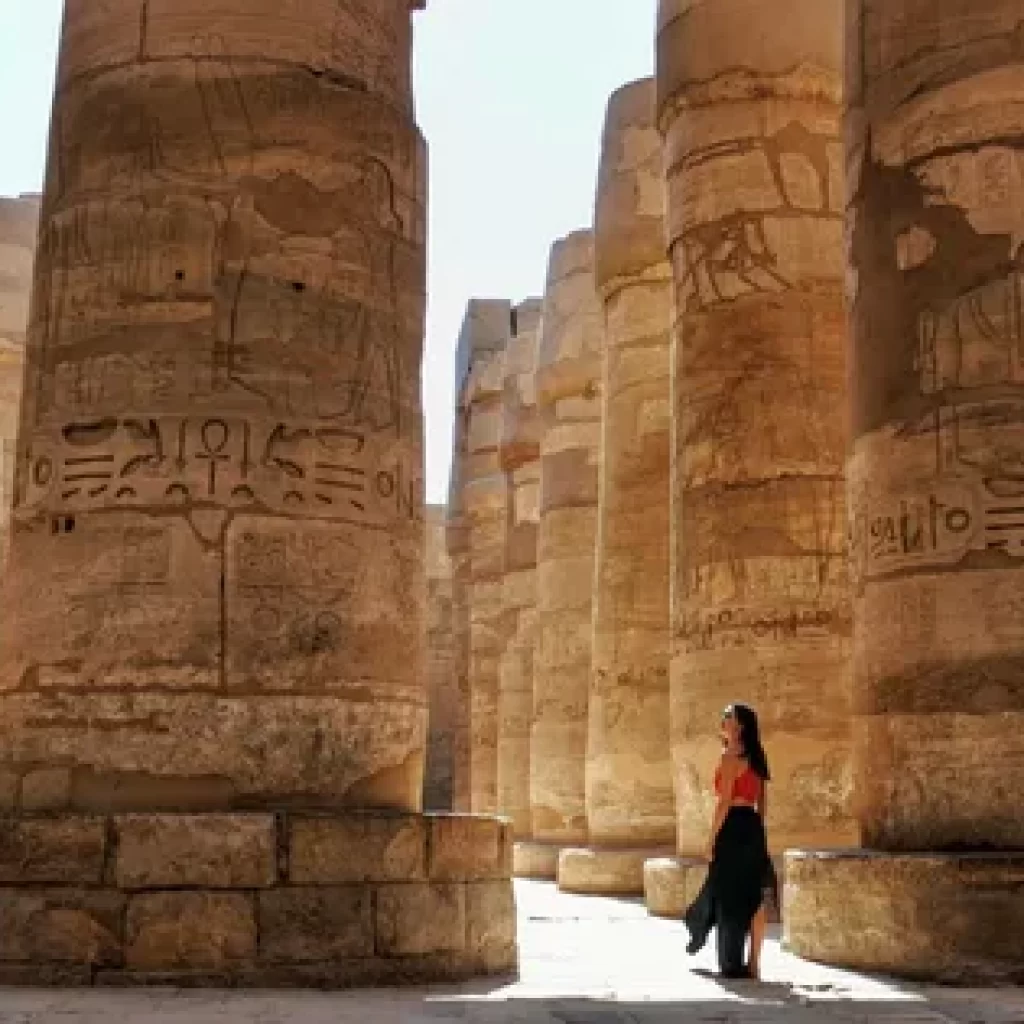
5. Colossi of Memnon: Guardians of Thebes
The Colossi of Memnon are two massive stone statues of Pharaoh Amenhotep III, located on the west bank of the Nile. These imposing figures, each standing 18 meters tall, were originally part of a larger mortuary temple complex. Despite the temple’s destruction, the Colossi have endured for millennia, becoming iconic symbols of ancient Thebes and the enduring legacy of its rulers.
6. The Artistic Treasures of the Museum
The Museum, situated on the east bank of the Nile, houses an impressive collection of artefacts from ancient Thebes. The museum’s carefully curated exhibits include statues, jewellery, pottery, and well-preserved mummies. Highlights include the stunning statues of Amenhotep III and a remarkable collection of objects from Tutankhamun’s tomb. The museum provides a more intimate and detailed look at the artistry and daily life of ancient Egyptians.
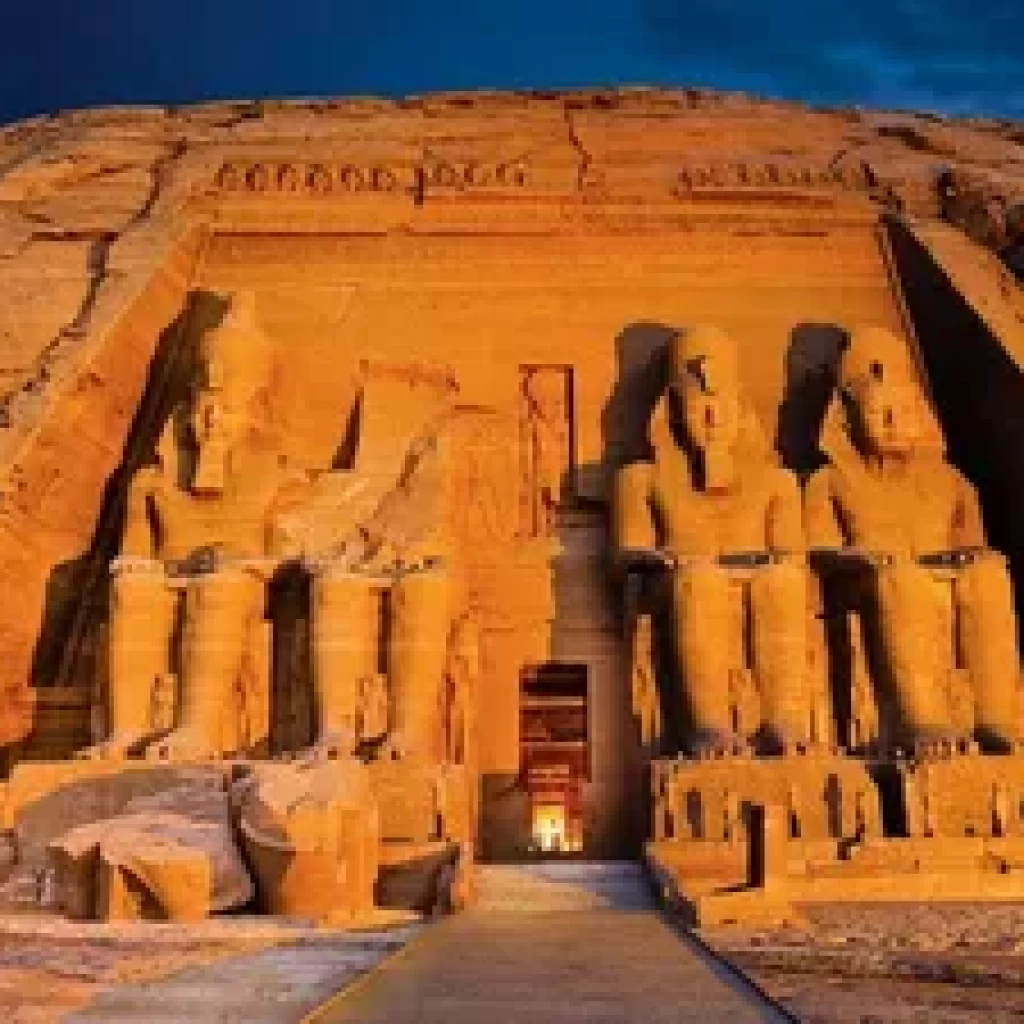
7. West Bank: A Journey Through Time
West Bank has many archaeological sites beyond the Valley of the Kings. This area includes the Valley of the Queens, the tombs of the Nobles, and the workers’ village of Deir el-Medina. Each site offers unique insights into the lives of those who built and maintained the pharaohs’ grand monuments. The West Bank’s landscape, dotted with temples and tombs, is a testament to the area’s historical significance.
8. The Sacred Lake and Its Rituals
The Sacred Lake, located within the Karnak Temple complex, was used for ritual purification by priests. This large rectangular basin, surrounded by stone steps, played a crucial role in temple ceremonies. The lake’s tranquil waters reflect the towering structures of Karnak, creating a serene and spiritual atmosphere. Rituals performed here were believed to ensure the temple’s sanctity and the favour of the gods.
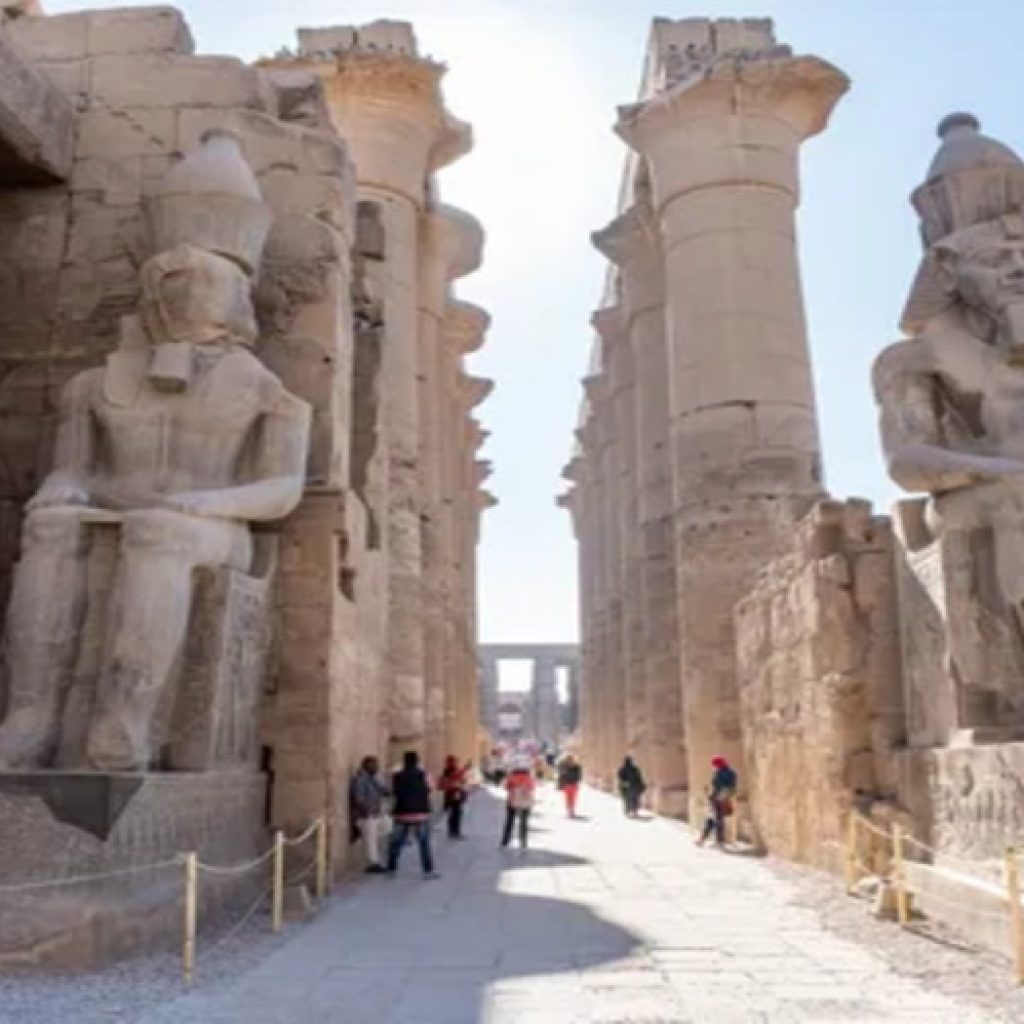
9. Modern Luxor: Balancing Past and Present
Today, Luxor is a bustling city that seamlessly blends its ancient heritage with modern amenities. Visitors can enjoy luxurious hotels, vibrant markets, and a range of dining options while exploring the city’s historic sites. Efforts to preserve and promote archaeological treasures continue, with initiatives aimed at sustainable tourism and conservation. Modern Luxor offers a unique experience where the past and present coexist harmoniously.
10. Conclusion: Luxor
A remarkable destination that offers a deep dive into the ancient world. Its temples, tombs, and monuments stand as testaments to the ingenuity and spiritual depth of the ancient Egyptians. Whether you are a history enthusiast, an archaeologist, or a curious traveler, Luxor provides a unique and enriching experience. The city’s ability to preserve its past while embracing the future makes it a truly extraordinary place to visit.
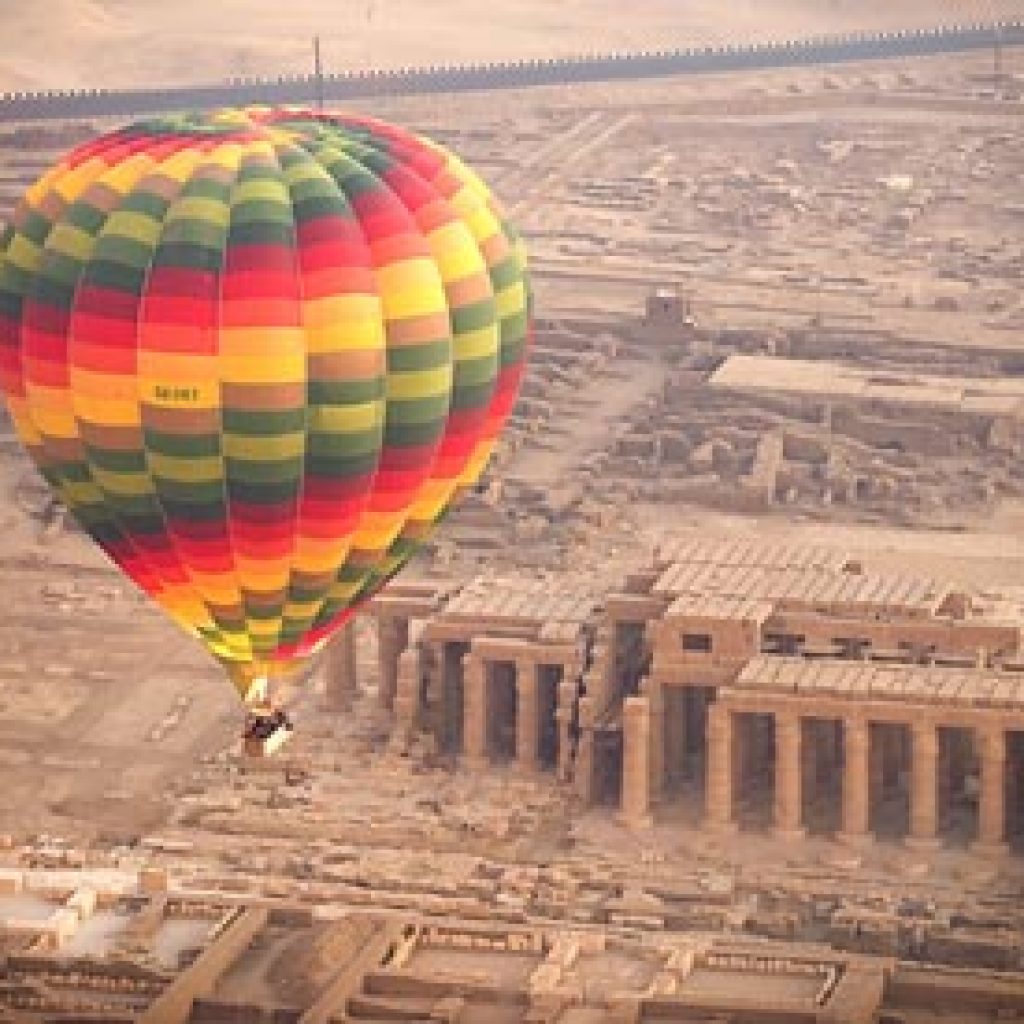
FAQs:Luxor
1. What is Luxor famous for?
Luxor is renowned for its well-preserved ancient temples, tombs, and monuments, making it one of the world’s greatest open-air museums.
2. Where is the Valley of the Kings located?
The Valley of the Kings is situated on the west bank of the Nile River in Luxor, Egypt.
3. Who built the Karnak Temple?
Karnak Temple was built and expanded by various pharaohs over nearly 2,000 years, starting in the Middle Kingdom.
4. What was the purpose of the Luxor Temple?
Luxor Temple was primarily dedicated to the rejuvenation of kings and was a center for the Opet Festival.
5. Who was Hatshepsut?
Hatshepsut was one of Ancient Egypt’s few female pharaohs, known for her prosperous reign and extensive building projects.
6. What can be found in Luxor Museum?
Luxor Museum houses a collection of artifacts from ancient Thebes, including statues, jewelry, pottery, and mummies.
7. How does modern Luxor accommodate tourists?
Modern Luxor offers a range of amenities, including luxurious hotels, markets, and dining options, while preserving its ancient heritage through sustainable tourism initiatives.





Comment (0)